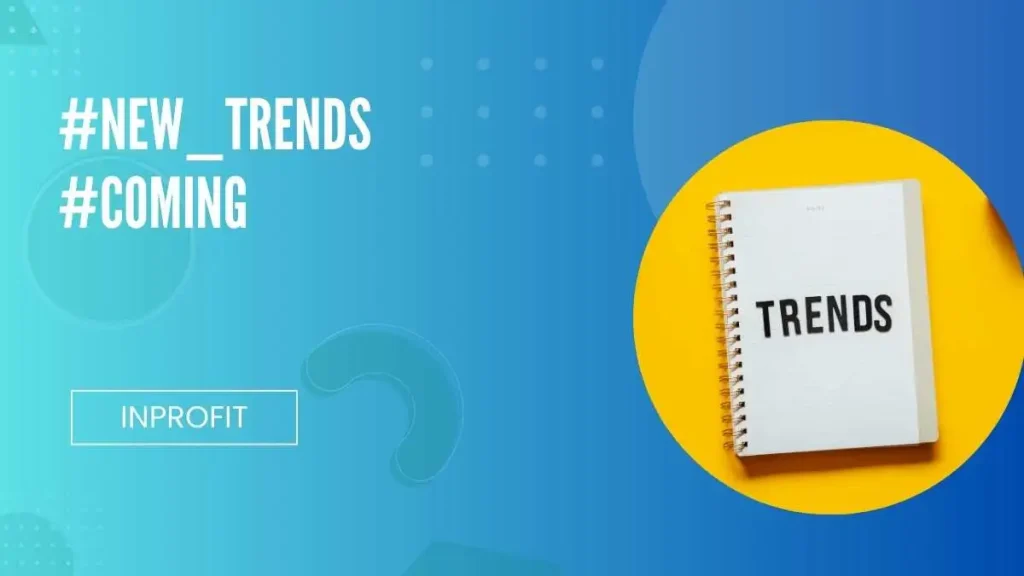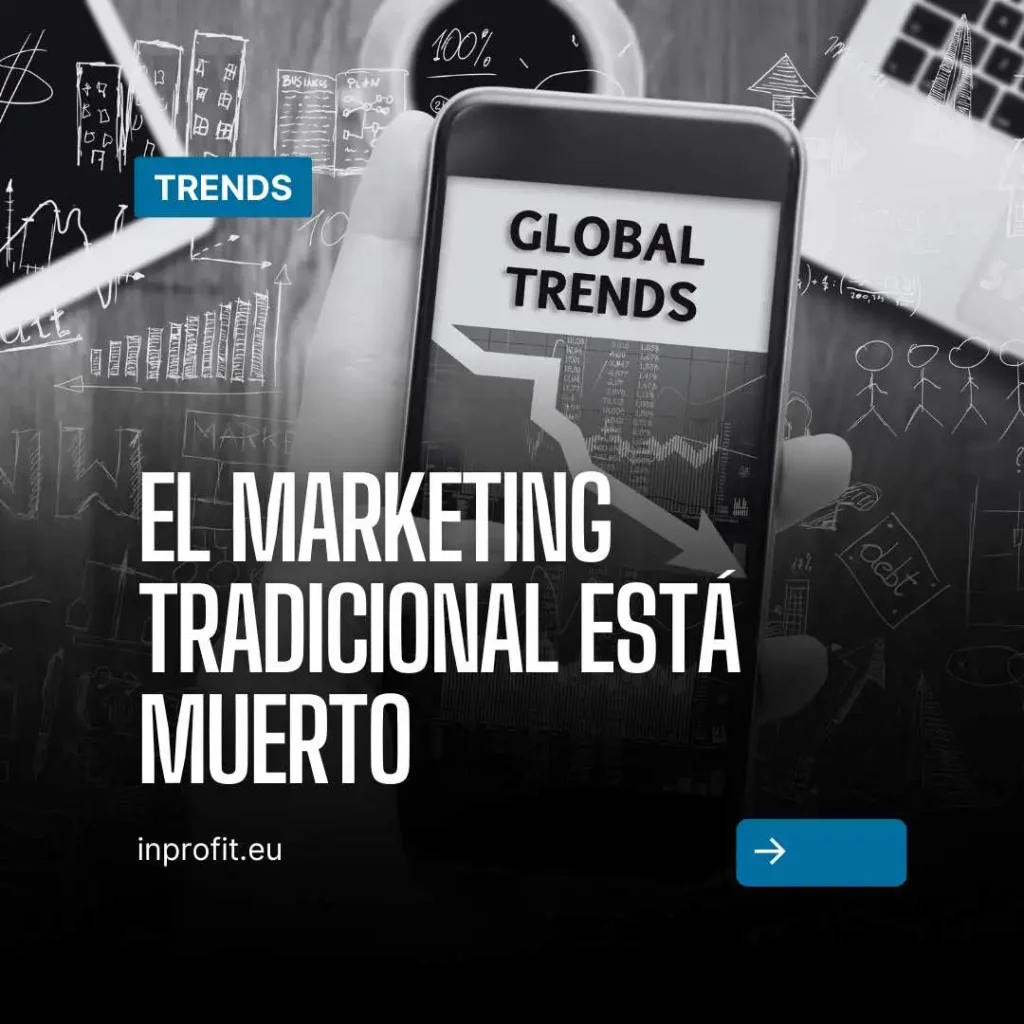What worked five years ago may be obsolete today, and brands that don’t adapt are left behind. Is traditional marketing really still effective in an environment dominated by AI, growth marketing and online sales?
The answer is clear: traditional marketing as we know it is dead. It is not a matter of abandoning the basics altogether, but of evolving towards smarter, more global strategies focused on the modern consumer.
In this article, we will explore the 5 marketing strategies that are making a difference in 2025 and how you can implement them to stay competitive. Are you ready to discover them?
The new rules of marketing in 2025
1. AI as a strategic ally (not just a tool).
Artificial intelligence has moved from being an add-on to become the core of any successful marketing strategy. From hyper-personalized chatbots to predictive consumer behavior analytics, AI is revolutionizing the way brands interact with their audience.
How to apply it?
- Automated and personalized content generation: Tools such as ChatGPT and Jasper are making it possible to create emails, publications and ads tailored to each segment.
- Real-time data analysis: AI can predict trends and adjust campaigns instantly, maximizing ROI.
- 24/7 customer service: Chatbots with increasingly human responses improve the user experience without increasing costs.
Practical example: Companies like Amazon and Netflix already use AI to recommend products and content with amazing accuracy, increasing their online sales exponentially.
2. Growth Marketing: Beyond Traditional Digital Marketing
Growth marketing is not limited to capturing leads, but to optimizing each stage of the conversion funnel. Unlike traditional marketing, which focuses on branding and awareness, this strategy prioritizes rapid experimentation and scalability.
Key tactics:
- Constant A/B testing: From emails to landing pages, everything is measured and optimized.
- Automation of sales flows: Email sequences, retargeting and intelligent upsell.
- Focus on retention: It’s not just about acquiring customers, it’s about keeping them happy (and spending).
Success story: Dropbox multiplied its growth with gamified referrals, proving that growth marketing can be more powerful than mass advertising.
Global and omnichannel strategies
International marketing
Global ecommerce is booming, but many brands make the mistake of applying the same marketing strategy in all markets. The key in 2025 is hyper-localization: tailoring messages, platforms and even payment methods to each region.
How to expand successfully?
- Deep cultural research: What works in the U.S. may fail in Japan.
- Partnerships with local influencers: Trust and relevance are key.
- Optimized logistics: Fast shipping and local language support.
Example: Shein dominates international marketing thanks to its ability to adapt trends to each country in record time.
Online sales: The power of social + the instantaneous
The online sales is no longer just about having a website or social media profile. Consumers want immediacy, social proof and interactive experiences.
Key trends:
- Live shopping: Live broadcasts where users shop in real time (example: TikTok Shop).
- Ultra-fast checkouts: Reduce steps to a minimum (like Amazon’s “buy with 1 click”).
- UGC (User Generated Content): Reviews, testimonials and unboxings are more influential than ads.
Key fact: 60% of millennials prefer to shop on social networks rather than traditional websites (Statista).
Immersive experiences (Augmented reality and metaverse)
Although the metaverse is still in development, innovative brands are already using augmented reality (AR) to offer unique experiences as a differentiating marketing strategy.
Practical applications:
- Virtual product testing: From sunglasses to furniture in your home (example: IKEA Place).
- Events in the metaverse: Concerts, launches and even virtual trade fairs.
- NFTs as loyalty: Exclusive access to content or discounts through tokens.
Example: Gucci and Nike already sell digital items that users wear on platforms such as Roblox and Fortnite.
Marketing preview 2026

If 2025 is marked by the consolidation of AI, growth hacking and hyper-personalized online sales, what awaits us in 2026? The pace of innovation does not stop, and brands that want to lead must stay ahead of the trends.
Traditional marketing is not only dead, but is being replaced by more agile , predictive strategies focused on immersive experiences. Based primarily on market analysis, technological advances and changes in consumer behavior.
Is your business prepared for what’s ahead?
Generative AI and Predictive Marketing
Generative AI 2.0: Autonomous Content Creation
By 2026, artificial intelligence will cease to be a support tool and become an autonomous system capable of managing entire campaigns with minimal human intervention.
Key trends:
Real-time generated advertising: Ads that adapt to the user’s mood (example: a cheerful message if it detects enthusiasm in their interactions).
Advanced AI shopping assistants: Bots that not only recommend products, but also negotiate prices and close sales.
Hyper-personalized video creation: Platforms such as Synthesia and Runway ML will allow generating unique advertising spots for each client.
Practical example: Imagine Netflix using AI to create customized trailers based on each user’s tastes, increasing retention by 30%.
Growth Marketing with automation of complex processes
The growth marketing will evolve into full funnel automation, where AI not only optimizes, but makes strategic decisions.
New tactics:
Self-directed Funnels: AI identifies when a lead is ready to buy and automatically triggers a sales sequence.
Real-time dynamic pricing: Systems that adjust prices based on demand, competition and buyer profile.
AI micro-influencer recruitment: Tools that analyze millions of profiles to find the ideal ambassadors.
Are you ready for the future of marketing?
2025 demands agility, personalization and a global approach. Brands that continue to rely solely on traditional strategies will be left behind by those who embrace AI, growth marketing and online sales with an international vision. But 2026 will be totally disruptive.
The gap between early adopters and laggards will widen dramatically by 2026. Organizations must:
- Create a centralized CDP (Customer Data Platform) with quantum processing capabilities (being tested by Google Cloud).
- Form hybrid teams (marketing + data science + UX ethics).
- Allocate at least 25% of the budget to pilots with disruptive technologies.
Which of these strategies are you going to implement first in your business? If you have any doubts about the upcoming digital transformation process , contact Inprofit, specialists in Martech.




